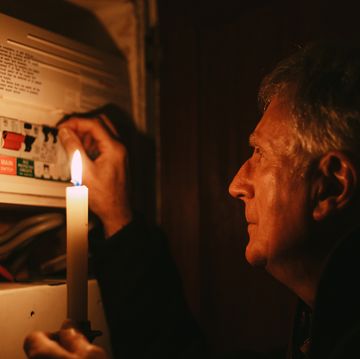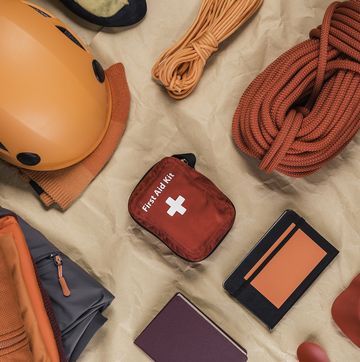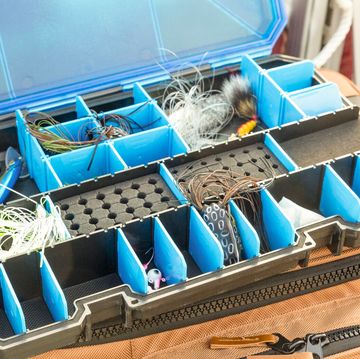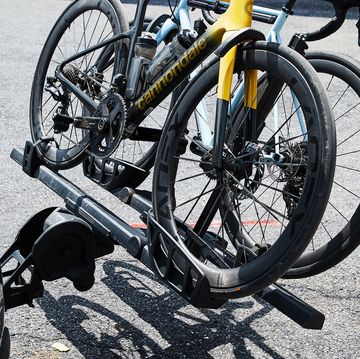Neighborhood legends are born through snowball fight domination. And there's one essential weapon when it comes to ruling this winter realm: a killer snow fort. With the proper cover—a thoughtfully constructed, built-to-last fort—power is yours for the taking. Follow these five easy steps to protect yourself and your team from a rapid-fire snowball attack.
Size Wisely
Whether you're building a four-walled fort or a smaller structure for taking cover, your first step is to measure out the space you'll need. Using a shovel, branch, or broomstick handle, trace the perimeter of the fort in the snow. If there's plenty of snow for building, trace out all four-perimeter walls. If snow is limited, think one wall with short wings, a shield for you and your teammates to take cover. Be sure to consider the size of your team (how many will use the fort), their sizes (the space they'll take up and the tallest member), and the size of your arsenal when designing the perimeter of your fort.
Build Bricks
Snow bricks are best constructed using beach buckets, plastic storage boxes, or anything with a uniform shape that's easy to fill. The best snow for creating bricks and snowballs is moist packing snow—not powder. This kind of snow will form easily into blocks, much the way wet sand works for sand castles.
If, however, powdery snow is all you've got, look for snow that's closer to the street or house, or what has accumulated around landscaping. It will be warmer and wetter, and so better for snow-fort bricks. If time is short, grab that Igloo cooler out of storage and use it for making large bricks quickly. Keep yardsticks or old paint stirrers handy to separate the snow from the bucket.
Construct and Fill
Start construction by following the perimeter you outlined in the snow. Think like a bricklayer, spacing bricks a few inches apart, then stacking the next layer with a brick straddling two bricks below. Have another teammate follow behind the bricklayers, filling in the gaps with packed snow. Otherwise, you run the risk of the structure collapsing. As you build, make the inside of the wall or walls perpendicular, for durability. Aim for a wall height that's tall enough to crouch behind yet allows plenty of space for throwing. Four feet is a good height for full-grown snow warriors.
Sculpt the Walls
Smooth and sculpt the walls of the fort with additional snow, using the smooth side of a snow shovel, a hand trowel or even the top to a plastic bin. The idea isn't to make the snow fort look pretty, but for its outside walls to slant slightly for durability. Think pyramid shape. It worked for the Egyptians.
Ice, Ice Baby
The finishing touch for any snow fort is a coat of ice. Dump some buckets of (cold) water over the walls, inside and out, being sure to work from the bottom up so the weight of the ice doesn't cause a collapse. With an icy finish, your fort will weather the most aggressive assault the neighbors can bring.
Bonus: Tips for Making a Great Snowball
It sounds simple: Grab some snow, form it into a ball, throw it at your opponent. But in reality, to make a good snowball there are two must-haves.
First, you need wet snow, as powdery snow won't form into a ball. If you're faced with powder, then man up and take off your gloves, using the heat from your hands to create some moisture for packing. Or, as described above, work with snow that's closest to the house, street, or landscaping. Then, use gloves—not mittens—for better handling and throwing.













